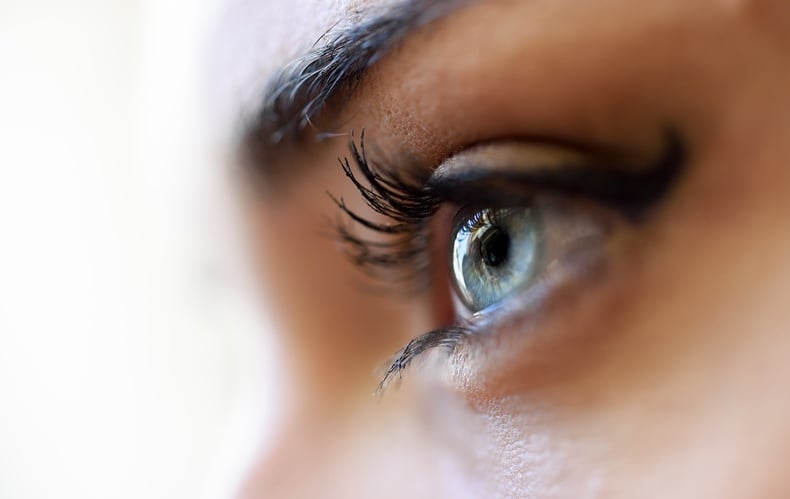
As the world’s leading cause of blindness, cataracts are responsible for approximately 42% of blindness. Primarily affecting those over the age of 65, cataracts can be found in people of all ages, and as part of cataract awareness month, we’re going to look at 7 facts you should know.
1. Cataracts in children can often be a genetic problem
Whilst cataracts in those over 65 often occur due to a protein build-up over time, or even as a result of an injury, children are still susceptible to this condition and it is often caused either by a genetic problem or an infection.
2. Cataract treatment uses an artificial lens
The treatment for severe cataracts involves a surgical procedure where the cloudy lens is removed and replaced with an artificial plastic one.
3. Cataract surgery is the most common surgical procedure in the UK
Due to the number of people that suffer from cataracts, this surgical procedure is the most common in the UK and is performed on 20 million people worldwide per year.
4. Surgery doesn’t always fix the problem
However, undergoing surgery isn’t always the miracle cure many hope it to be. Whilst the risk of infection is high, and many do suffer with issues in the recovery process, many more will still require eyeglasses to help correct their vision.
____________
Read More:
Eye Care Tips for Newborn Baby
Simple Ways to Protect Your Child’s Vision & Eye Health
Causes of Cataracts in Children & How it Affects Your Child’s Vision
____________
5. Stem cells from the umbilical cord blood can be used for treatment
Research has shown that this current method of treatment is not the only solution and trials have already been conducted using stem cells found in the cord blood to treat cataracts. The ability for cord blood stem cells to create different types of cells, amongst other properties, means that they can be injected into the eye and be used to repair the damaged lens.
When treating 12 children under the age of 2 with this new method, undertaken by the University of California, San Diego School of Medicine and Shiley Eye Institute, the rate of post-surgery inflammation and increased lens clouding reduced. There was also a report of less complications and faster healing.
6. Surgery using umbilical cord blood stem cells is much less invasive
This new method of treating cataracts is much less invasive than the previous surgical method with more promising results as well. Not only is it a more natural method of treating cataracts – there is no insertion of an artificial plastic lens – the outcome once healed also seems to provide more benefits.
7. The future for cataract treatment is cautiously optimistic
Whilst this new method of treatment is still undergoing trials and tests, the future does look very optimistic for cataract treatment, and other types of regenerative therapies. This isn’t necessarily a cure for blindness, and there is still a long way to go in establishing umbilical cord blood stem cell treatment as the standard method of treatment for cataracts, but it’s very promising indeed.
Resources:
https://www.telegraph.co.uk/news/health/news/12189238/Scientists-use-stem-cells-to-grow-living-lens-in-eye-and-cure-cataracts.html
https://www.ncbi.nlm.nih.gov/pmc/articles/PMC4769785/
https://www.healingtheeye.com/umbilical-cord-stem-cells-treat-serious-eye-problems/
https://ucsdnews.ucsd.edu/pressrelease/stem_cells_regenerate_human_lens_after_cataract_surgery_restoring_vision
explorestemcells.co.uk/stem-cells-treat-blindness.html
{{cta(‘d59882b5-74e2-4033-be94-d4c340e1978c’)}}


